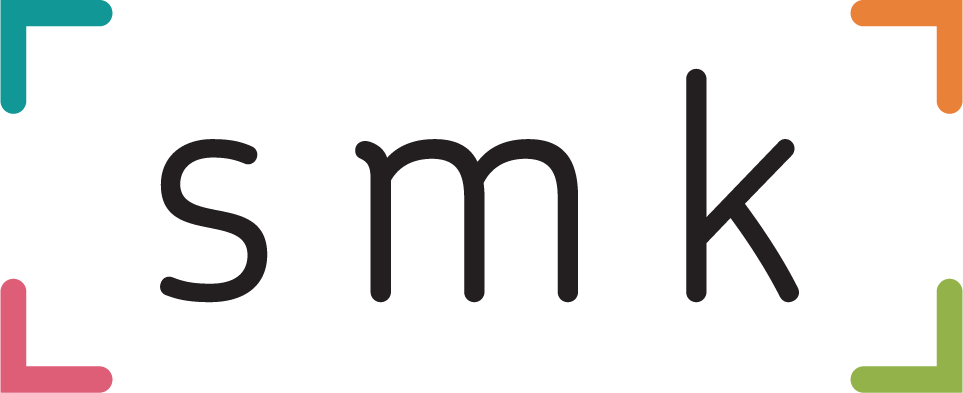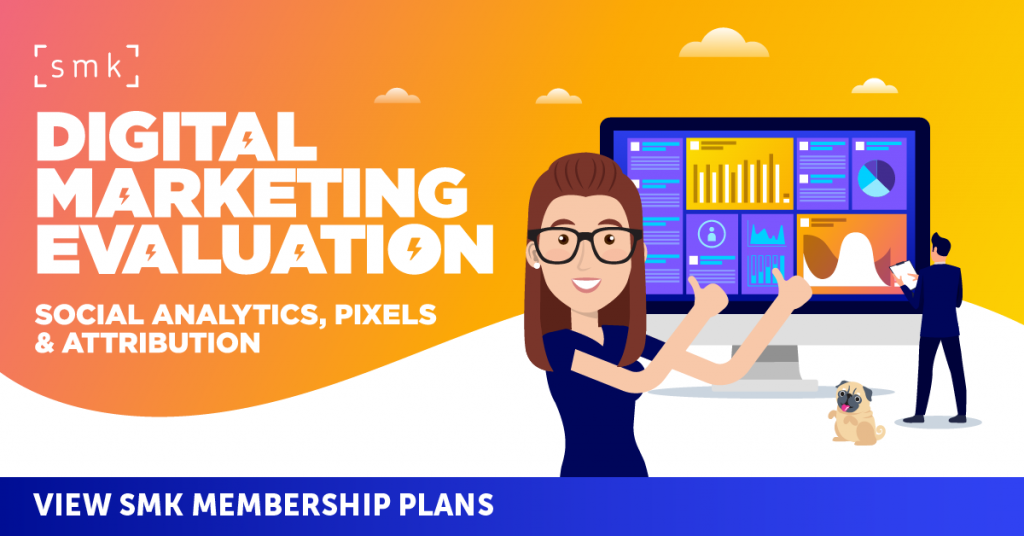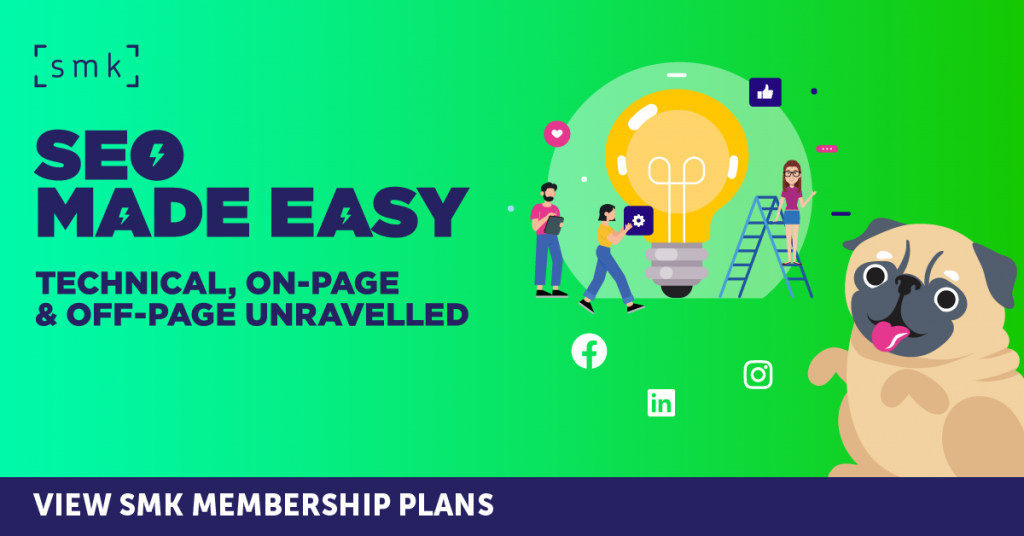Google’s rollout of AI Mode on 20 May marks a major shift in how people search online. It is not a full leap into large language models (LLMs), but it is the clearest move yet toward integrating generative AI into core search behaviour. The implications are significant, not just for users, but for advertisers navigating a rapidly evolving landscape.
Search is undergoing its most fundamental transformation since Google’s inception, and we are only beginning to see the effects. A recent analysis by Jason Tabeling, Head of Solutions at Further, published by Search Engine Land, sheds light on these early changes. Using internal data from Google Ads search query reports between 1 January and 20 June, the study reveals how AI Mode is already altering search patterns, click-through rates (CTRs), and conversion trends.
Natural Language Queries on the Rise
One of the most immediate trends observed in the data is a shift in query length. Short keyword searches, those consisting of one to two words, are in decline. These dropped from 42% of impressions in January to 31% by June.
At the same time, 3-4 word queries are becoming more prevalent. This indicates that users are becoming more comfortable using conversational, natural-language phrases, mirroring how they interact with AI-powered tools like ChatGPT or Perplexity.
Click data mirrors this trend, suggesting that users are both searching and engaging with longer, more descriptive queries more frequently than before.
CTRs Declining Across the Board
Despite the growth in mid-length queries, CTRs are falling across all query types.
Short queries have been hit hardest, with a 50% decline in CTR since January. Longer keyword strings of eight words or more have also declined, though at a slightly slower pace, with a 26% drop over the same period.
This pattern is consistent with the way AI Mode delivers results. Generative AI offers full-sentence answers directly within the search interface. This reduces the need for users to click on paid or organic links to get information. The traditional model of high impression volumes driving proportional click volumes is starting to break down.
Conversions Moving to Mid-Length Queries
The analysis also revealed a shift in which queries are driving conversions.
In January, short keywords of one to two words were responsible for 76% of all conversions. By June, this had dropped to 50%. Meanwhile, 3-4 word queries doubled their share of conversions, rising from 20% to 40%.
This change highlights how mid-length, natural language queries are not only growing in volume, but also delivering stronger commercial outcomes. Users typing longer queries often have more specific intent. Advertisers who can match that intent with relevant messaging are seeing better results.
The Financial Stakes Are High
Advertisers should not underestimate the scale of what is at risk.
Global search advertising spend is substantial. According to Statista, worldwide investment in digital search advertising reached approximately USD $279 billion in 2024, with continued growth expected in 2025 as AI integration reshapes the search landscape.
In Australia, IAB Australia’s Online Advertising Expenditure Report shows that search and directories accounted for 43% of total digital advertising spend in 2023, equating to around AUD $5.5 billion. This makes search one of the most commercially critical segments of the digital ad market. Even a modest decline in performance, driven by lower CTRs or shifts in conversion intent, could have material revenue implications for brands and agencies.
For advertisers heavily dependent on SEM, the risk is real. If AI Mode leads to sustained performance degradation, contingency plans will be essential. That might include reassessing channel mix, revisiting media budgets, or reinvesting in content and SEO to offset reduced paid efficiency.
Regional Rollout Still in Progress
AI Mode is currently only live for users in the United States. It has not yet rolled out to other markets, including Australia and New Zealand. However, global expansion is expected in due course.
Advertisers outside the US should prepare now for the likely impact. Many of the behavioural changes observed in the US, such as lower CTRs and shifting conversion dynamics, are expected to follow once AI Mode becomes the default experience in other regions.
Monitoring performance closely ahead of rollout will be crucial. Those prepared to pivot quickly will be best placed to minimise disruption and capture new opportunities as user behaviour shifts.
What Advertisers Should Do Now
AI Mode is still rolling out as a default experience, and the behavioural shift is likely to accelerate. Advertisers should not wait for more data before responding. Action now will provide a competitive edge in the coming months.
1. Analyse Your Own Data
Start by reviewing your Google Ads search query reports. The macro trends are useful, but each advertiser will see their own unique response to AI Mode. Segment performance by query length to understand how impressions, clicks, CTRs, and conversions are shifting within your own account.
2. Build AI-Ready Infrastructure
Use tools such as Instant BigQuery to gain deeper access to your raw performance data. These platforms allow for more nuanced analysis and can help you detect trends earlier. More granular data means faster, more confident decision-making.
3. Shift Toward Longer-Tail Strategies
As natural language search becomes the norm, advertisers should adjust their strategy to focus on longer, more descriptive search terms.
-
Content Development: Create in-depth, well-structured content that answers complex questions and reflects how users phrase queries when interacting with AI.
-
Keyword Expansion: Go beyond high-volume head terms and target long-tail queries that signal clear intent.
-
Ad Relevance: Tailor your messaging to match specific search intent. The closer your ads mirror user language, the higher your engagement rates will be.
4. Prepare for AI Mode Rollout in Your Market
Google continues to expand AI Mode’s availability. Monitor the rollout timeline and feature updates in your region. Watch for early signs of performance changes and be prepared to adjust budgets, creative, or targeting as needed.
Advertisers in Australia, New Zealand, and other regions still awaiting rollout should take this time to prepare. Early movers will be better positioned to adapt with less disruption when the change comes.
A New Era for Search Advertising
What we are seeing now is just the beginning. As AI becomes embedded in the search journey, user behaviour will continue to shift. The move toward more natural, conversational queries is already reshaping how people search and how advertisers respond.
Advertisers who act early, by aligning their data, content, and strategy with these new patterns, will be far better positioned to compete as Google search moves into its next phase.




RECOMMENDED FOR YOU
Meta Taps Publishers to Power AI Outputs
Meta has re-entered the news licensing space with a…
Meta has re-entered the news licensing space with a…
LinkedIn Boosts Brand Ads With AI Tools
LinkedIn is expanding its advertising capabilities with a new…
LinkedIn is expanding its advertising capabilities with a new…
Meta Launches AI Support Hub on Facebook and Instagram
Managing account issues on Facebook and Instagram has long…
Managing account issues on Facebook and Instagram has long…